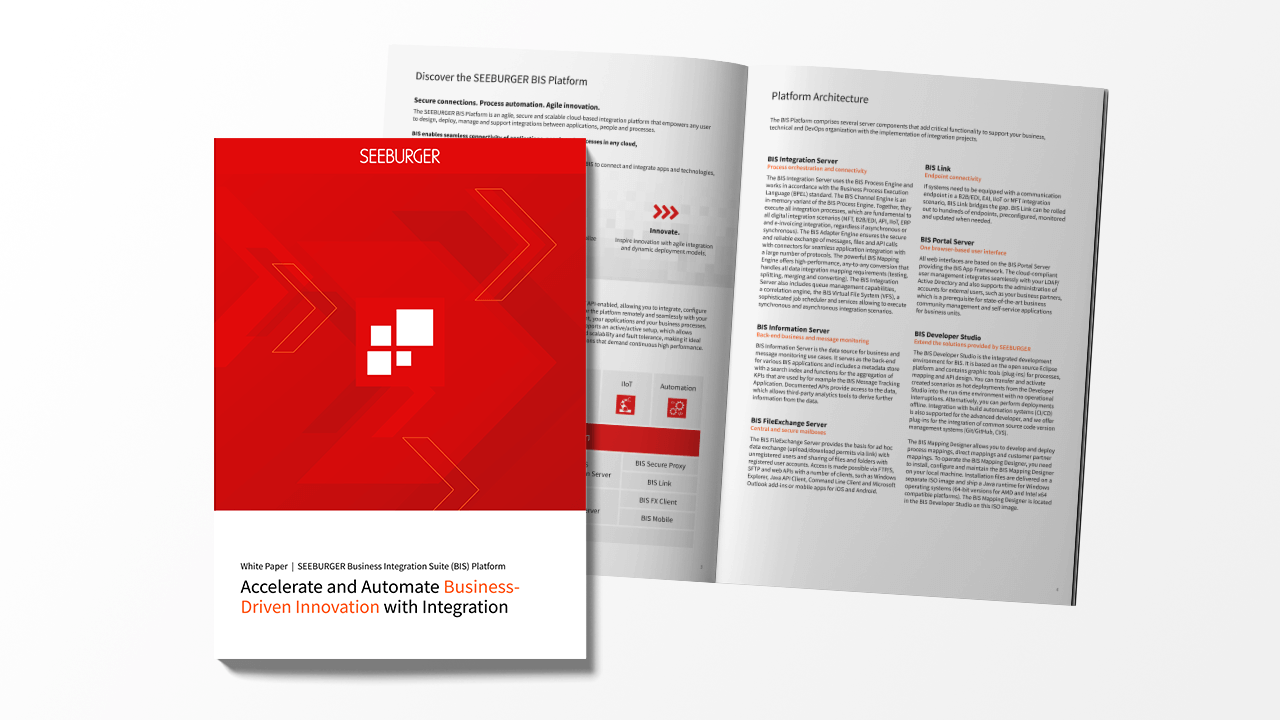
What Is ANSI X12?
Discover the foundation of modern business communication — ANSI X12 for EDI
1. Executive Summary
Electronic data interchange (EDI) standards enables diverse businesses to communicate effectively. They define the structure, format and content of EDI messages, ensuring that information is exchanged accurately and seamlessly. Two of the most widely adopted EDI standards are ANSI X12 and EDIFACT.
ANSI X12 is the primary standard for EDI in North America. Chartered by the American National Standards Institute (ANSI), ANSI X12 message standards facilitate EDI across industries. They offer uniformity in exchanging business documents globally, including invoices, purchase orders and delivery notes. Whether you're a small business or a global enterprise, utilizing ANSI X12 EDI message types ensures efficient data exchange
2. ANSI X12 EDI message standard
ANSI X12 stands for American National Standards Institute X12 and refers to the American EDI standard developed in 1979 by the ANSI subsidiary Accredited Standards Committee (ASC).
The goal of ANSI X12 is to provide uniform ANSI EDI standards for the electronic data interchange of business documents. EDI X12 standards are a global set of rules for the electronic data interchange between two EDI Trading Partners.

By defining uniform segments and elements that describe the information in the electronic file and are used for a wide variety of business documents (invoices, purchase orders, delivery notes, etc.), a common ANSI EDI standard was invented.
The ANSI EDI format follows established EDI formats. In addition to the North American ANSI X12 message standard and the global EDIFACT message standard, there are other regional or industry-specific EDI message standards.
With SEEBURGER BIS Platform B2B/EDI capabilities and Cloud Integration Services for B2B/EDI, you can convert any EDI data format found on the market.
3. ANSI X12 EDI subcommittees
Since the EDI X12 standards are comprehensive and cover nearly every business transaction and every industry vertical, subgroups (ASC subcommittees) have emerged. By creating subsets, the messages are grouped and easier to understand.
The Accredited Standards Committee is divided into the following ASC subcommittees:

4. ANSI X12 EDI message structure
ANSI X12 messages consist of three parts. The segments that can be used in each of these parts for a particular message type are listed in the related tables defined in the ANSI X12 standards document, which follows the structure:
- Header
- Detail
- Summary
An ANSI X12 EDI message structure always begins with the Transaction Set Header (ST) segment in “1. Header” and always ends with the Transaction Set Trailer (SE) segment in “3. Summary.”
In between the Transaction Set Header (ST) segment and Transaction Set Trailer (SE) segment, there are segments with an ID and Title in a sequence of segments. The content and sequence varies for the type of ANSI X12 EDI message type as illustrated in Figure 1.
5. ANSI X12 EDI message types
Figure 2 provides a visual overview of the main ANSI X12 EDI messages.
Each ANSI X12 EDI message type is identified by a three-digit code number:
| EDI 810 | Invoice | What is an ANSI X12 EDI 810 Message? |
| EDI 820 | Payment order (EFT) | What is an ANSI X12 EDI 820 Message? |
| EDI 830 | Delivery forecast | What is an ANSI X12 EDI 830 Message? |
| EDI 832 | Price/sales catalogue | What is an ANSI X12 EDI 832 Message? |
| EDI 846 | Inventory inquiry/advice | What is an ANSI X12 EDI 846 Message? |
| EDI 850 | Purchase order | What is an ANSI X12 EDI 850 Message? |
| EDI 855 | Purchase order acknowledgement | What is an ANSI X12 EDI 855 Message? |
| EDI 856 | Ship notice/manifest (ASN) | What is an ANSI X12 EDI 856 Message? |
| EDI 860 | Purchase order change | What is an ANSI X12 EDI 860 Message? |
| EDI 862 | Delivery just-in-time | What is an ANSI X12 EDI 862 Message? |
| EDI 997 | Functional acknowledgement | What is an ANSI X12 EDI 997 Message? |
6. ANSI X12 process example for the retail industry
Different industries use different ANSI X12 EDI message types in a different order, which reflects their typical business processes.
Each ANSI X12 EDI message type, such as Invoice (EDI 810) or Purchase Order (EDI 850), serves a specific purpose, which highlights the adaptability of ANSI X12, especially for retail and automotive process workflows.

7. ANSI X12 process example for the automotive industry
The following graphic illustrates an ANSI X12 process workflow for the automotive industry.

8. Become EDI capable with handling ANSI X12 EDI message types
The SEEBURGER BIS B2B/EDI capabilities meet the ANSI X12 requirements of small, mid-size and enterprise businesses in any industry worldwide. To find the right solution for your integration requirements, please contact us.









